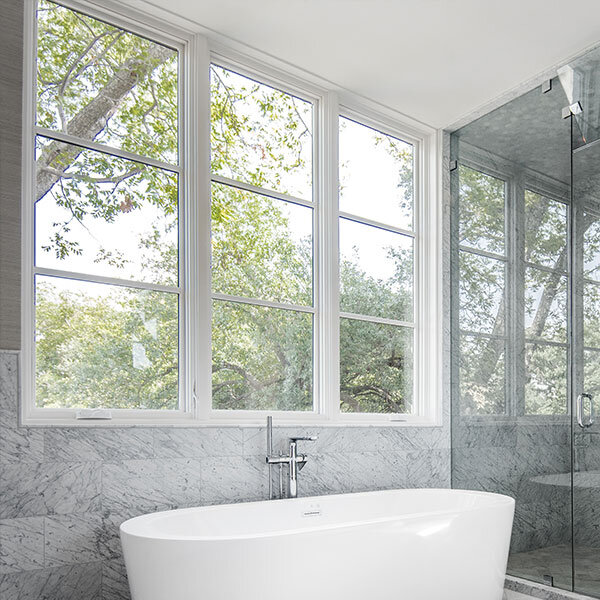
Gone are the days where window upgrading was for house styling purposes only. Nowadays, you need to upgrade your windows in order to save your wallet from high energy bills. Energy efficient window keeps your home warmer/cooler, quieter and reduces energy bills. If you are planning to change your old window into energy efficient ones, here are some pointers:
Low U-Factor
The U-factor value for a window will indicate its heat loss rate. Windows with lower U-factor values have a greater resistance to heat flow and has better insulating properties. To check for U-factor level see the label of the windows as per rated by National Fenestration Rating Council (NFRC).
Vinyl Framing
There are four typical window framing; wood, aluminum, fiberglass and vinyl. Wood frames tend to be the least energy efficient because they expand and contract when the weather changes thus result in air leakage around the windows. Some Aluminum frames arent any better; it has quickly heated properties making it a drain on energy efficiency. Fiberglass is very stable and low-maintenance but can be expensive. Meanwhile, an insulated vinyl window will significantly lessen the amount of heat loss through conduction and limit air outflow thus making it the best option among the three.
Double Pane
Double pane windows are more energy efficient than single ones because the space between two panes of glass reduces heat transfer, and condensations build up. Also, the thicker the glass pane, the better they provide insulation from outside elements.
Emerging Energy-Efficient Window Technologies
There are emerging technologies available that will make your window more energy efficient such as glazing, gas filled units, insulating space bars and low iron glass. Ask your local window provider what window technology they have available or currently available on the market.
